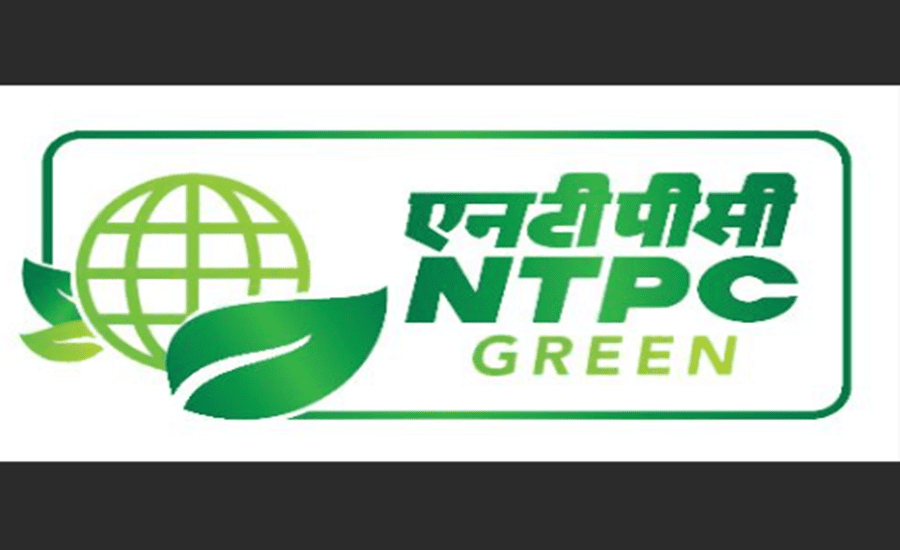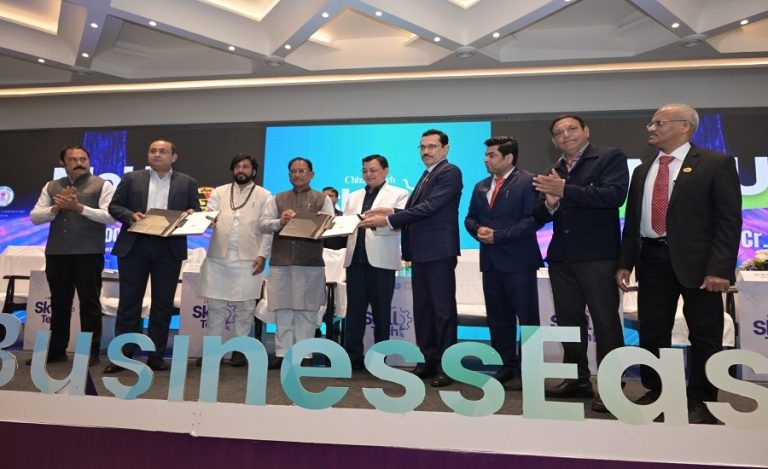NTPC Limited, India’s leading energy giant under the Ministry of Power, has announced that a new 9.9 MW wind-power installation in Bhuj, Gujarat will commence commercial operations from October 25, 2025. This expansion forms part of a larger 92.4 MW wind installation and adds momentum to NTPC’s ongoing renewable energy drive.
NTPC wind Gujarat Project Details
Gujarat has emerged as a national leader in renewable energy, especially in wind and hybrid wind-solar projects. The state’s favourable geography and policy environment make it a strategic destination for capacity additions.
NTPC wind Project Scope
The 9.9 MW wind capacity is part of a larger 92.4 MW project deployed in Bhuj, Gujarat. With this addition, NTPC Group’s total installed and commercial capacity will rise to 84,049 MW.
Strategic Significance of NTPC wind Project Gujarat
This modest 9.9 MW may seem small relative to NTPC’s overall scale, but it underscores multiple strategic signals:
- A clear shift toward renewables and clean energy.
- Utilisation of subsidiary platforms (e.g., NTPC Green Energy Limited) to drive green capacity.
- Incremental build-up in Gujarat, reinforcing the state’s role as a renewable hub.
NTPC’s Renewable Journey
Under the leadership of Chairman & MD Gurdeep Singh, NTPC has aggressively expanded its green energy portfolio. A few highlights:
- Shift from purely thermal generation toward a diversified mix including wind, solar and hybrid projects.
- Earlier this month, NTPC Green commissioned 37.95 MW of solar capacity at Khavda, Gujarat.
- The company has signed MoUs to develop very large capacities in Gujarat: 10 GW solar + 5 GW wind.
Thus, the Bhuj wind addition is consistent with a larger roadmap of reaching higher renewable penetration in the coming years.
What This Means for India’s Energy Landscape
1. Scaling Renewable Capacity – Each MW added helps India move toward its target of cleaner electricity and lower carbon emissions.
2. Gujarat as a Renewable Hub – The state continues to attract major green investments, strengthening India’s sustainable infrastructure.
3. Corporate Transition – NTPC’s move reflects how legacy energy companies are pivoting toward renewables, setting an example for the sector.
4. Market & Investor Signal – For stakeholders and investors, such announcements reinforce NTPC’s positioning in the evolving energy economy.
Challenges & Outlook
While the wind addition is positive, broader challenges remain:
- Grid integration and transmission of large renewable capacity still require investment.
- Scale and speed of deployment need to accelerate to meet ambitious national targets.
- Operational efficiency: renewable projects have different risk profiles (e.g., variability) compared to thermal assets.
Nevertheless, NTPC’s systematic approach and incremental additions suggest a deliberate and sustainable strategy.



























